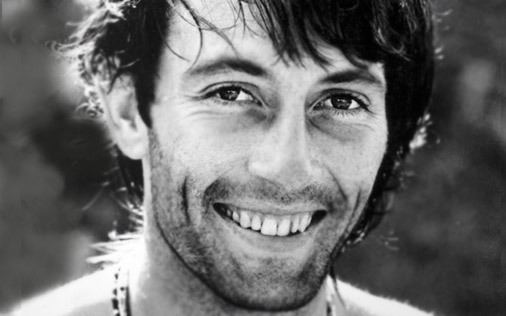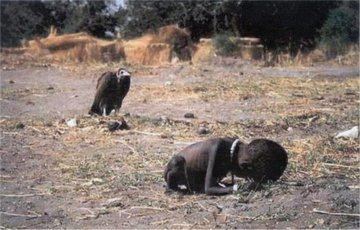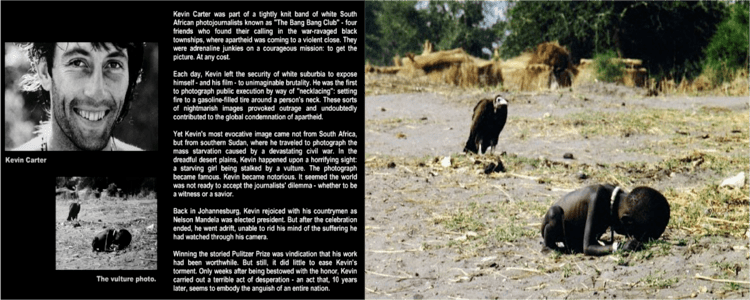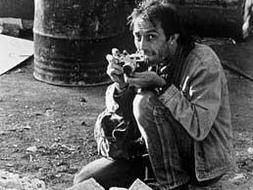Name Kevin Carter | ||
 | ||
Nominations Pulitzer Prize for Breaking News Photography Similar People Greg Marinovich, Ken Oosterbroek, Joao Silva, Omayra Sanchez, Phan Thi Kim Phuc | ||
Parents Roma Carter, Jimmy Carter | ||
A tribute to photographer kevin carter
Kevin Carter (13 September 1960 – 27 July 1994) was a South African photojournalist and member of the Bang-Bang Club. He was the recipient of a Pulitzer Prize for his photograph depicting the 1993 famine in Sudan. He committed suicide at the age of 33. His story is depicted in the 2010 feature film The Bang-Bang Club, in which he was played by Taylor Kitsch.
Contents
- A tribute to photographer kevin carter
- Kevin carter sudan famine
- Early life
- Early work
- Alternative version of events
- Other work
- Death
- Awards
- References

Kevin carter sudan famine
Early life

Kevin Carter was born in Johannesburg, South Africa. Carter grew up in a middle-class, whites-only neighborhood. As a child, he occasionally saw police raids to arrest blacks who were illegally living in the area. He said later that he questioned how his parents, a Catholic, "liberal" family, could be what he described as 'lackadaisical' about fighting against apartheid.

After high school, Carter dropped out of his studies to become a pharmacist and was drafted into the army. To escape from the infantry, he enlisted in the Air Force in which he served four years. In 1980, he witnessed a black mess-hall waiter being insulted. Carter defended the man, resulting in him being badly beaten by the other servicemen. He then went AWOL, attempting to start a new life as a radio disc-jockey named "David". This, however, proved more difficult than he had anticipated. Soon after, he decided to serve out the rest of his required military service. After witnessing the Church Street bombing in Pretoria in 1983, he decided to become a news photographer and journalist.
Early work

Carter had started to work as a weekend sports photographer in 1983. In 1984, he moved on to work for the Johannesburg Star, went on exposing the brutality of apartheid.
Carter was the first to photograph a public execution "necklacing" by black Africans in South Africa in the mid-1980s. Carter later spoke of the images: "I was appalled at what they were doing. But then people started talking about those pictures... then I felt that maybe my actions hadn't been at all bad. Being a witness to something this horrible wasn't necessarily such a bad thing to do."
In March 1993, while on a trip to Sudan, Carter photographed a starving toddler trying to reach a feeding center when a hooded vulture landed nearby. Carter reported taking the picture, because it was his "job title," and leaving. He was told not to touch the children for fear of transmitting disease. After taking the picture, he got up and drove the vulture away.
Sold to The New York Times, the photograph first appeared on 26 March 1993 and was carried in many other newspapers around the world. Hundreds of people contacted the newspaper to ask the fate of the girl. The paper reported that it was not known whether she had managed to reach the feeding centre. In April 1994, the photograph won the Pulitzer Prize for Feature Photography.
Alternative version of events
João Silva, a Portuguese photojournalist based in South Africa who accompanied Carter to Sudan, gave a different version of events in an interview with Japanese journalist and writer Akio Fujiwara that was published in Fujiwara's book The Boy who Became a Postcard (絵葉書にされた少年, Ehagaki ni Sareta Shōnen).
According to Silva, he and Carter travelled to Sudan with the United Nations as part of Operation Lifeline Sudan and landed in Southern Sudan on 11 March 1993. The UN told them that they would take off again in 30 minutes (the time necessary to distribute food), so they ran around looking to take shots. The UN started to distribute corn and the women of the village came out of their wooden huts to meet the plane.
Again according to Silva, Carter was quite shocked as it was the first time that he had seen a famine situation and so he took many shots of the suffering children. The parents of the children were busy taking food from the plane, so they had left their children only briefly while they collected the food. This was the situation for the girl in the photo taken by Carter. A vulture landed nearby with its eyes on the little girl. To get the two in focus, Carter approached the scene very slowly so as not to scare the vulture away and took a photo from approximately 10 metres (33 ft). Carter took approximately twenty minutes to take the photo, wanting the best shot possible. He then took a few more photos before driving the vulture away.
It turned out that the girl was a boy, Kong Yong, and he was being taken care of in the UN food aid station. Mr. Yong died in 2008, according to his family.
Other work
In March 1994 Carter took a photograph of the three Afrikaner Weerstandsbeweging members being shot during their abortive invasion of Bophuthatswana just before the South African election. Halfway through the incident, Carter ran out of film, but still got enough pictures to supply newspapers around the world. Eamonn McCabe of The Guardian said: "It was a picture that made nearly every front page in the world, the one real photograph of the whole campaign."
Death
On 27 July 1994 Carter drove his way to Parkmore near the Field and Study Center, an area where he used to play as a child, and committed suicide by taping one end of a hose to his pickup truck’s exhaust pipe and running the other end to the driver's side window. He died of carbon monoxide poisoning at the age of 33. Portions of Carter's suicide note read:
I’m really, really sorry. The pain of life overrides the joy to the point that joy does not exist...I am depressed...without phone...money for rent...money for child support...money for debts...money!!!...I am haunted by the vivid memories of killings and corpses and anger and pain...of starving or wounded children, of trigger-happy madmen, often police, of killer executioners...I have gone to join Ken [recently deceased colleague Ken Oosterbroek] if I am that lucky”.
The 1996 song "Kevin Carter" by rock band Manic Street Preachers, the third single taken from their fourth album Everything Must Go, was inspired by Carter's life and suicide.
Awards
In April 1994, Carter's photograph of a starving Sudanese child being eyed by a vulture won the Pulitzer Prize for Feature Photography.
